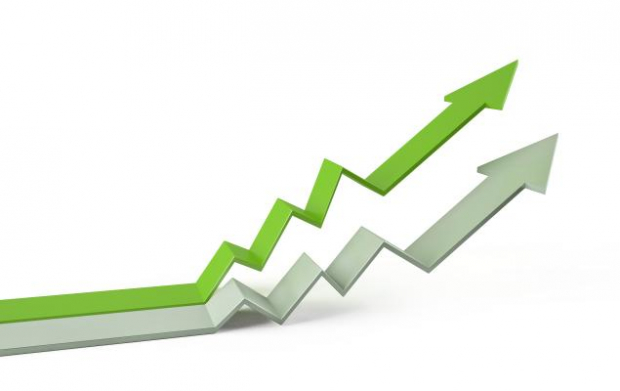Key Takeaways
- The S&P 500 reached 6,693.75, achieving its 28th record close this year and marking a third consecutive all-time high.
- Microsoft, Analog Devices, and Arista Networks are identified as strong investment options within the S&P 500.
- MSFT, ADI, and ANET are projected to experience double-digit earnings growth alongside increasing consensus estimates.
The Wall Street rally continued after a brief volatility, fueled by investor optimism following the Federal Reserve’s recent interest rate cuts and indications of further reductions this year. On Monday, the S&P 500 not only reached an all-time closing high but also coincided with new intraday highs for both the Nasdaq and Dow.
This rally is once again largely driven by technology stocks, which have been the main contributors to market gains over the past few years. The S&P 500 stands as the year’s top performer.
Amid this positive climate, investing in S&P 500 stocks like Microsoft Corporation (MSFT), Analog Devices, Inc. (ADI), and Arista Networks, Inc. (ANET) seems promising. These companies possess a Zacks Rank of #1 (Strong Buy) or #2 (Buy), indicating good potential returns.
S&P 500’s Upward Trend
The S&P 500 rose by 0.4% on Monday to close at 6,693.75 points, securing its position as the index’s 28th record close for the year, marking three consecutive all-time highs.
This latest surge was bolstered by an announcement from NVIDIA Corporation (NVDA) about a potential $100 billion investment in OpenAI, aimed at developing data centers. The excitement surrounding artificial intelligence continues to elevate NVIDIA’s shares, significantly impacting the broader market rally.
Factors Fueling the S&P 500 Surge
The recent surge is also attributed to investor enthusiasm over anticipated rate cuts. Despite ongoing price pressures on households, a soft job market prompted the Federal Reserve to lower interest rates by 25 basis points last week.
This well-anticipated rate cut led to a notable increase in growth stocks. The S&P 500 has had a tumultuous journey this year, with significant ups and downs. Following a record high in February influenced by optimistic business policies under President Trump, the index saw a decline of nearly 18% by April due to the introduction of substantial tariffs, heightening fears of a global trade war.



